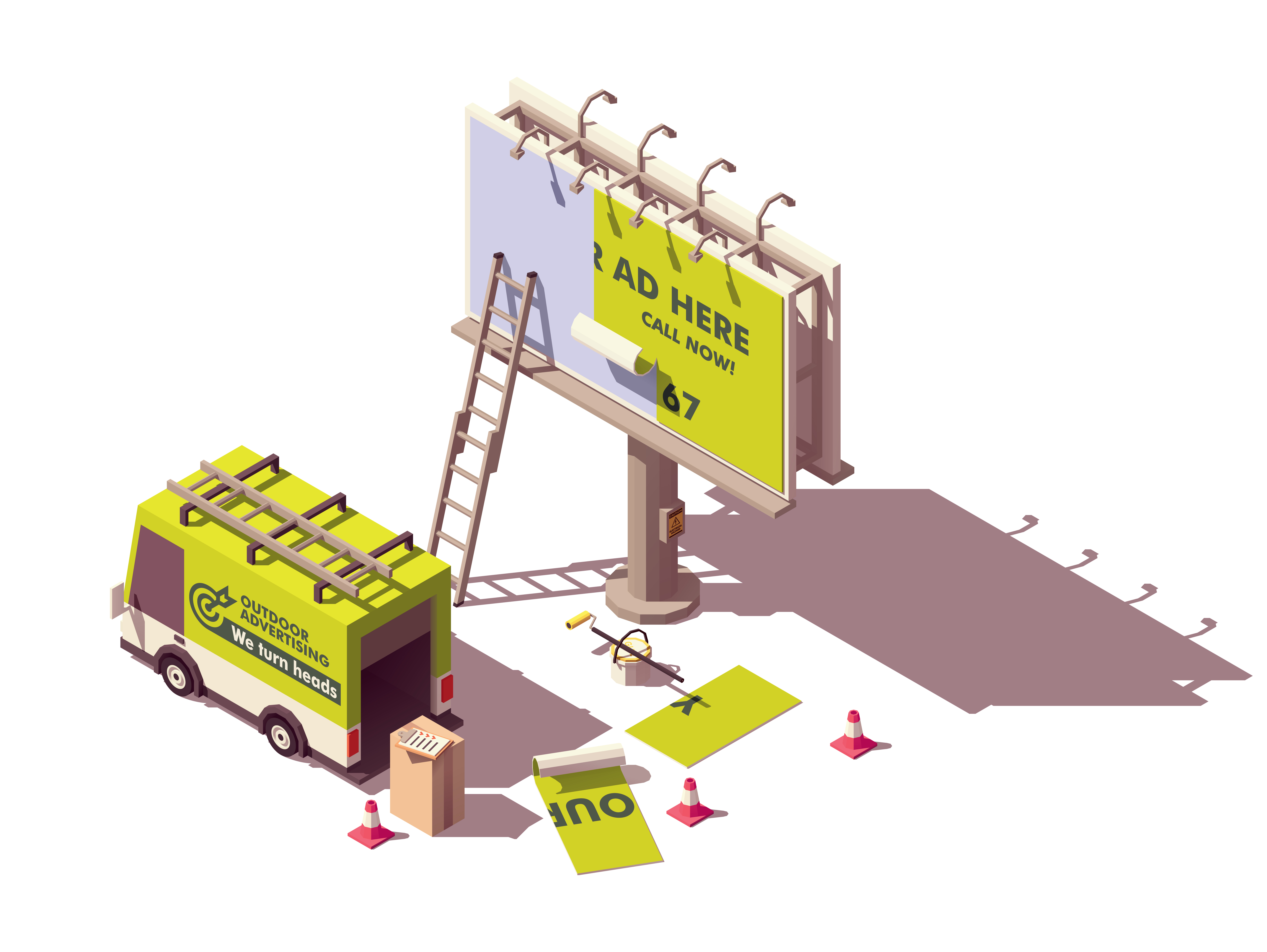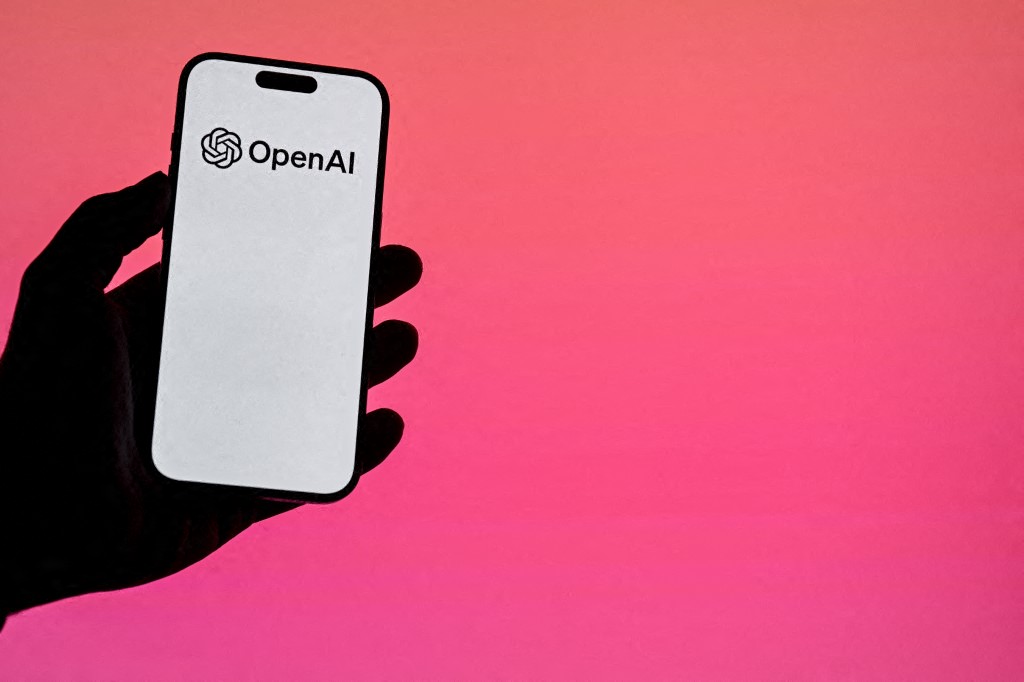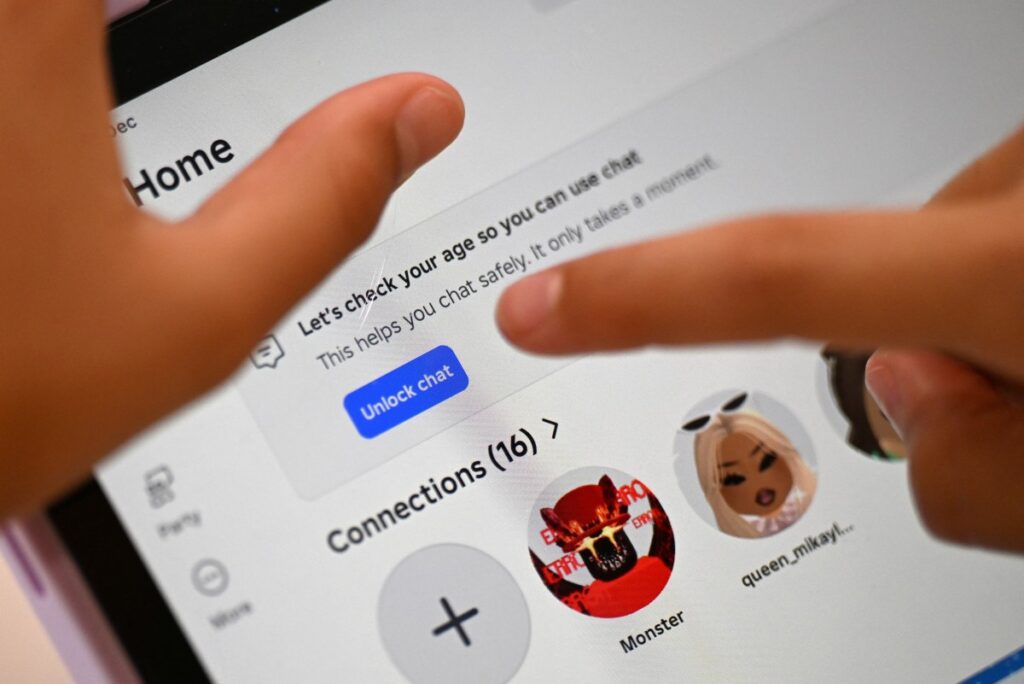“There is an evolution happening in our business,” says Bill Fordyce, CEO of Backlite Media, one of the leading outdoor advertising companies based in Dubai. With a global digital takeover, Communicate got a chance to chat with Fordyce, to understand how a traditional medium like OOH is faring in this new environment.

What is the status of the OOH industry today?
Advertisers still spend money despite the market conditions because they need to promote their brand. Currently, the market’s a little shaky so what is happening is a flight to quality – which involves allocating advertising budgets to very specific media. In my opinion, there are two types of media – nice to have media and must have media. Backlite media signages are must-have media signages- because of our quality and presence on Sheikh Zayed Road, which is the busiest road and that means advertisers need to be there. Hence, they’re willing to shell money for getting that quality.
Advertisers are becoming much more savvy in their spending. Because they’re paying for a premium location, they have specific requirements and in the future, these demands are going to be even more specific such as- having the advert only on weekends, during drive time hours such as 7-10 pm, etc. This is where the market is heading towards. The days of putting signs up everywhere to just [have a brand presence] are coming to an end.
What have been the major milestones in the transformation from OOH to DOOH?
There’s an evolution happening in our business, with regards to the digitalization of signs and the data that goes around it, and these are related to one another. When it comes to adopting DOOH, Dubai has been a little bit slow over the last couple of years but once we launch our digital signages, that’s when the revolution will begin. Our signages will have a dayparting feature that involves serving different campaigns at different periods during the day. These signages will be synced; to the traffic speed, weather, type of people who are driving by during the time of day, etc.
Why is DOOH experiencing such slow growth?
Compared to the markets in places like the UK or US, the outdoor industry in this region hasn’t been digitalized as much and this comes down to the length of contracts. Backlite as a brand was fortunate to be part of Dubai’s Smart City Initiative and sign a 12-year contract with the RTA as well, which encourages us to invest millions of dollars into digital signs. That incentive wasn’t there before for other companies. But if you look at it from a global perspective, it’s picking up at different speeds in different cities.
How are you currently accomodating data into the picture while speaking with advertisers?
We launched Backlite Intelligence, our innovative OOH advertising measurement platform about two months ago. The platform utilizes location-based services on mobile applications to help identify audiences and their behaviors in front of our signages. The information collected is GDPR compliant. Based on this data, we’re able to collect and identify basic demographic information such as how often people visit malls, car showrooms, etc. With the help of this data, we’re able to put together an [effective] advertising campaign based on client requirements.
How will programmatic be used in DOOH advertising?
There will still be a human element in the process. While our outdoor media will act as the SSP and advertisers bid for a spot, we still have to get approval permissions on the content of that ad from the Dubai Municipality before displaying it on our digital billboards. This means it will take a few hours before the advert is finally displayed. But as programmatic in DOOH begins to gain popularity, we will see that turnaround timeframe getting much shorter.
But our initial venture into programmatic purchasing will be in the cinema advertising space. With the help of our partners, Novo and Roxy cinema and our intelligence technology, we acquire great sets of data on who’s visiting these cinema chains, their age, nationality, etc. So we’re able to deliver that audience onto a programmatic platform.
How is viewability measured in OOH and DOOH advertising?
Our technology makes an assumption that if a person is driving past our sign, they’ve seen it. This is how it works in the online space as well with adverts, whereby when an ad is delivered to you, you have viewed it regardless of whether you actually looked at it or not. Backlite intelligence defines a viewer in the same manner. Through our technology, we deliver up to 22 million impressions every month at our locations along Sheikh Zayed Road, and that’s the output [which we share with our clients.] We don’t sell by audience or a cost per metric (CPM) basis at this stage with our outdoor business, however, we have launched this with our cinema partners Roxy and Novo. When it comes to DOOH, there won’t be any difference in terms of viewability either.
What are the limitations of DOOH?
The limitation will mainly be around making sure that the content for the signage is appropriate. Even if you build the most dazzling, technically advanced, high-quality signage it won’t be relevant if the content is not; dynamic, appropriate, well designed, have artwork ready for different time periods of the day, weekends, etc. That will be the biggest challenge, which is making sure that our advertisers and advertising agency partners are working together to make great content.
Are brands and advertisers less creative in the world of OOH and DOOH today?
No, it’s still good. The best example of creative content would be our partnership with Citywalk. We manage all the advertising with the Meeras assets – Citywalk, the beach, La Mer, etc. Citywalk has large beautiful screens which are able to display really beautiful artworks. Just a few months ago, we had artwork by our client Samsung- where a whale was swimming from one signage to another around Citywalk. So with respect to that, there is a lot of excellent executions and if advertisers have the opportunity, they take it.
There have been multiple reports such as a report by Zenith Media which suggests that the expenditure on outdoor advertisements will decrease substantially by 2022 and a recent report from WARC which states that the OOH industry is growing year on year. So the question is, why so many fluctuating predictions about this industry?
Out of home around the world continues to increase its share of the advertising budget. [Traditional mediums such as ] television, press, have [suffered a hit] as a percentage of overall advertising [budgets.] Besides digital, out of home is the only other medium that is still growing globally. That growth is almost fully attributable to digital signage. What is happening is that companies are converting their best location signages into digital signages and hence the yield per sign, which is the total revenue of that location will rise. We’re going to see this in the Dubai market as well.





